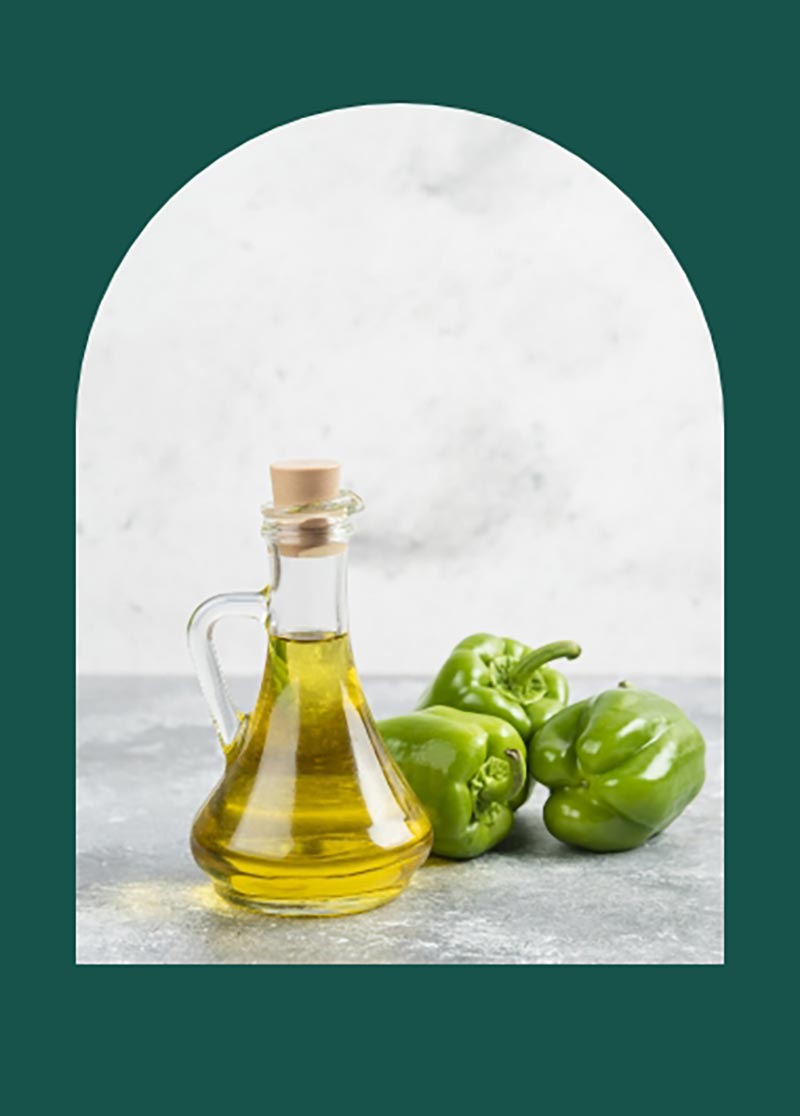

To offer you the highest quality and most natural olive oil for your health, we have compiled a list of frequently asked questions. Our goal is to help you make informed choices about our olive oils while providing you with the best service possible.
1.Does high-quality olive oil solidify?
Yes, high-quality olive oil can solidify in cold temperatures. This is an indicator that the oil is pure and natural. Solidification occurs due to the presence of unsaturated fatty acids (oleic acid) in the oil.
2.What should the acidity level of high-quality olive oil be?
The acidity of premium extra virgin olive oil should typically be 0.8% or lower. The lower the acidity, the higher the quality of the olive oil.
3.What is the best type of olive for oil production?
The best olive for oil production is known as the "Kilis Yağlık" olive. This variety is ideal for producing high-quality olive oil, offering a rich, fruity, and slightly bitter flavor. It is also known for its high polyphenol and antioxidant content, making it very beneficial for health.
4.What are the benefits of real olive oil?
Real olive oil supports heart health, is rich in antioxidants, improves skin health, strengthens the immune system, and aids digestion.
5.How long does real olive oil last?
When stored under ideal conditions, real olive oil has a shelf life of 18–24 months. However, it is best consumed fresh.
6.Why does olive oil taste bitter?
Bitterness in olive oil is a natural trait caused by its polyphenols and antioxidants. Oils from early-harvest olives tend to have a more bitter taste.
7.How can you tell if olive oil contains polyphenols?
Olive oil rich in polyphenols typically has a sharper, bitter, and fruity flavor profile. It also tends to have a more intense aroma.
8.What is the ideal polyphenol level in olive oil?
Polyphenol content is a key indicator of olive oil quality. Ideally, the polyphenol level should be between 200–300 mg/kg.
9.Can real olive oil be applied to hair?
Yes, real olive oil nourishes, moisturizes, and strengthens hair. It can be applied to the scalp and hair ends once a week.
10.Which is better: extra virgin or cold-pressed olive oil?
Both types are high-quality. Extra virgin olive oil has low acidity and is naturally processed. Cold pressing refers to the production method, and extra virgin olive oil is usually obtained through cold pressing.
11.What kind of olive oil is suitable for babies?
For babies, olive oil should be natural, pure, and low in acidity. Organic oils without additives are preferred.
12.What does “first cold-pressed” extra virgin olive oil mean?
It refers to high-quality oil obtained from the first pressing, with an acidity level below 1.0%. It is not chemically processed.
13.What is cold-pressed stone-milled olive oil?
Cold-pressed stone milling is a method where olives are crushed using stone mills and oil is extracted at low temperatures. This process preserves the oil’s nutritional value and aroma.
14.Which vitamins are found in olive oil?
Olive oil is rich in vitamins A and E. It also contains vitamin K, D, and some B vitamins.
15.Can you fry potatoes in olive oil?
Yes, you can fry potatoes in olive oil. However, high heat may reduce its nutritional value. It is healthier to use it at low to medium temperatures.
16.Does olive oil contain omega-3?
Olive oil contains very low levels of omega-3. However, it is rich in omega-6 and omega-9 fatty acids.
17.What is “dizem” in olive oil?
“Dizem” refers to substances in olive oil that can cause spoilage. High-quality olive oils do not contain these impurities.
18.Can olive oil go bad?
Yes, olive oil can go bad if not stored properly. Exposure to light, air, and heat leads to oxidation and quality degradation.
19.How can you tell if olive oil is real?
You can identify real olive oil by its taste and aroma. High-quality olive oil solidifies in cold and has low acidity.
20.How should olive oil be stored?
Olive oil should be stored in a cool, dark, and dry place in an airtight container. Light and heat rapidly degrade its quality.
21.Why does olive oil look cloudy?
Cloudiness often occurs when the oil hasn't been properly settled or filtered, and still contains pulp. Unfiltered oils contain sediment, which can cause quicker spoilage. Filtered oils have nearly zero pulp, extending shelf life and preserving valuable compounds like polyphenols longer. This also helps retain flavor and aroma. If an oil is not clear and appears dark green or murky golden, it likely contains pulp.
22.How should olive oil be consumed?
Olive oil can be used in salads, meals, soups, and sauces. It can also be consumed directly with bread.
23.Why does olive oil foam?
Olive oil may foam during frying or cooking at high temperatures due to water content evaporating.
24.How should olive oil be taken orally?
You can consume 1–2 teaspoons of olive oil per day. To get the full benefits of fresh, high-quality olive oil, it's best to consume it raw.
25.Does olive oil help with weight loss?
Olive oil contains healthy fats and, when consumed in the right amount, supports metabolism and weight control. However, overconsumption may increase calorie intake, so moderation is key.

